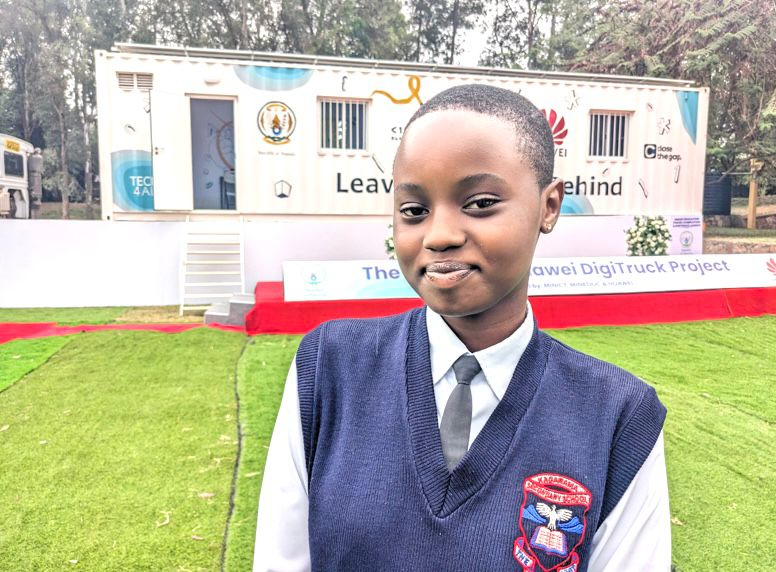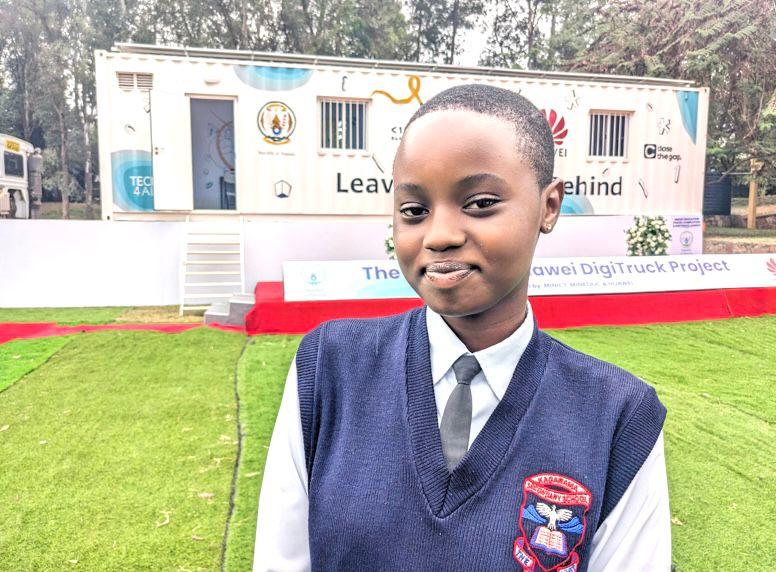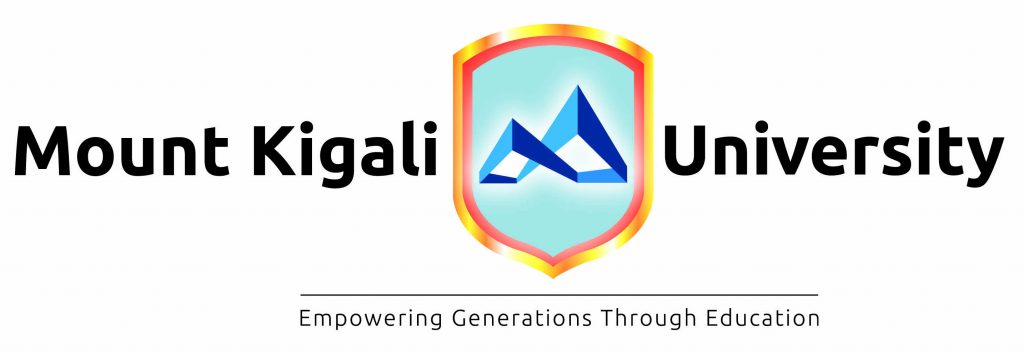At Kagarama Secondary School in Kicukiro District, the first phase of the Rwanda Smart Education Project was officially completed, with students and teachers showing that the technology they have learned will make their studies easier.
Shami Rindiro Belyne, a student at Kagarama Secondary School, says that this technology helps them in their studies and enables their research to progress more effectively than before its introduction.
She says, “Before, doing research was a problem; we relied only on library books. But now, we can access knowledge from around the world in a short time, and it allows me to dream big about becoming skilled in many areas.”
This view is shared by Isingoma Elijah, who also says that before the technology arrived at their school, learning was not very effective. Still, now they can use it for research and other important activities that require it.
She said, “Before the technology arrived, our learning was not going well because we couldn’t access advanced information. Now, this technology classroom has changed that, as we can learn many things effectively and in a short time.”

Teachers also find that this change has made their work easier. As noted by Didas Tuyishime, a teacher at Kagarama Secondary School,
He says: “We always had the problem of using outdated books, but now I can prepare up-to-date elessons using technology and deliver them to students quickly.”
The Minister of Education, Dr. Joseph Nsengimana, emphasized that the first phase of this project has been a significant step in building a technology-based education system.
He said: “1,500 schools across the country have now been provided with high-speed internet, and two major data centers have been established. This is the foundation for creating an educational network that will support teaching and learning using technology.”
He went on to point out that this aligns with the country’s vision, saying: “This achievement makes a significant contribution to Rwanda’s Vision 2050, as well as the Government’s five-year plan aimed at accelerating development (NST2). We are putting our country on the path to compete globally in a knowledge-based economy.”
The second phase will provide internet to 2,500 schools and establish 100 smart classrooms.
In addition to expanding technology in schools, in partnership with the Smart Education Project, the Government of Rwanda, through the Ministry of ICT and Innovation (MINICT) in collaboration with Huawei, launched the DigiTruck Project.
This project is a mobile school powered by solar energy, equipped with computers, internet, and other tools used for learning technology.
The DigiTruck will travel across all 30 districts of Rwanda, providing specialized and free training in digital skills to people who rarely have access to such opportunities, including out-of-school youth.
Aligned with the goals of NST2, which aims to equip one million Rwandans with digital skills, the DigiTruck project will help over 5,000 people over three years.




